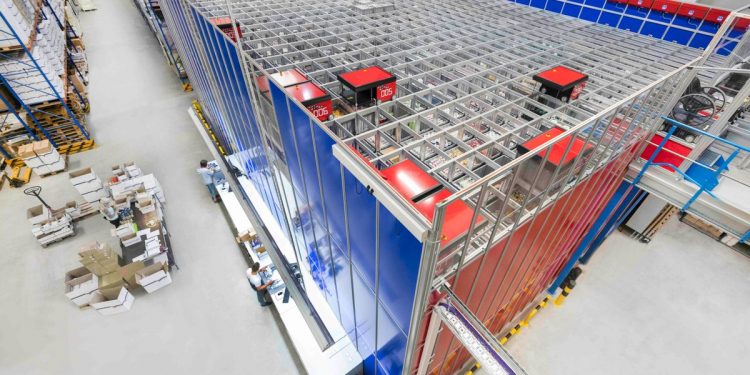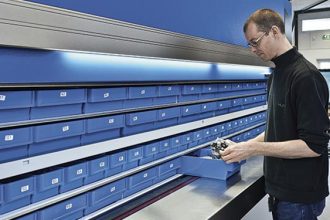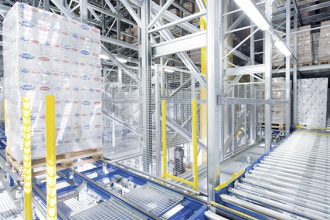
When the pandemic hit in 2020, many front-line workers were put in the vulnerable position of working in crowded spaces with little PPE. Their exposure rates and illness rates trended ahead of employees in other lines of work who could work from home and avoid close contact with colleagues. As the pandemic wore on and we learned more about COVID, we learned that masking and social distancing were good tools for protection. While the pandemic is less threatening today than it was more than two years ago, it’s still a health and safety issue on warehousing floors. There’s also the grim reality that there may be another pandemic sometime in the future.
For all those reasons, jobs in warehousing that allow for social distancing have become premium positions. There are still immunocompromised people and people who still worry about the latest surges in the COVID pandemic. These employees want jobs that don’t put them on top of their co-workers, giving them something of a safety net. There’s also a population of workers who would rather not mask for protection, but prefer social distancing instead. All of these employees seek the roles on the floor that feature automation instead of manual labor, because it affords them (literal) breathing room.
When considering what types of automation allow for the best social distancing, automated storage and retrieval systems (ASRS) units rank near the top. By their nature, ASRS units are designed for one person to work efficiently. They are set up so that computers drive the work area, and workers store and retrieve light loads from a particular storage area.
The workers are centered between aisles in their own assigned zone, keeping them a safe distance away from other employees. You can easily designate one employee to each zone and keep them in this space for an entire shift. Compare this to more traditional, manual storage and retrieval tasks. In these situations, workers are often working side-by-side in tight spaces, closely passing in other in narrow aisles, and having no chance of avoiding exposure to viruses via social distancing, should they be circulating. For some employees today, this is a non-starter.
The bonus is that your employees will be more productive with an ASRS, in addition to safer. It also lets supervisors off the hook for “policing” distancing if and when it is an issue. Additionally, in today’s challenging labor market, employees are actively seeking jobs with automation, particularly ASRS. They are the jobs that attract and retain workers, because they cause less fatigue, lead to fewer ergonomic-related injuries, and allow for social distancing.
Staying ahead of the pandemic—and any others on the horizon—while increasing productivity is a winning combination that ASRS delivers.
For more information about the ASRS group:
Further Reading:
Podcast: How Does An ASRS Solution Differ And Complement AMRs/AGVs?
ASRS As A Solution To The Labor Shortage



